 State History Atlas
State History Atlas
Time Period: Early Twentieth Century (1901 - 1940) - Starting with S
 State History Atlas
State History Atlas
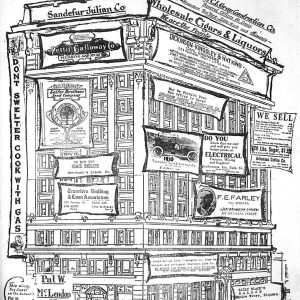 State National Bank Building Ad
State National Bank Building Ad
State of Arkansaw, The
 Stave Logs
Stave Logs
Stave Mills
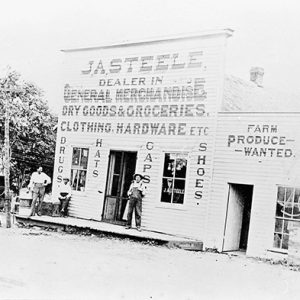 Steele Store
Steele Store
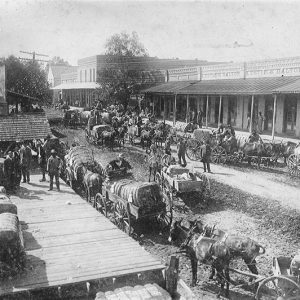 Stephens Cotton Wagons
Stephens Cotton Wagons
 Amanda Stephens's Home
Amanda Stephens's Home
 Stephens Street Scene
Stephens Street Scene
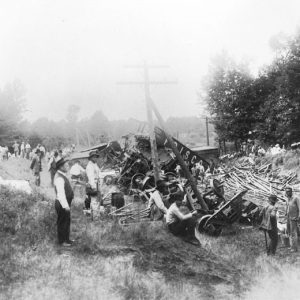 Stephens Train Wreck
Stephens Train Wreck
 Amanda Stephens
Amanda Stephens
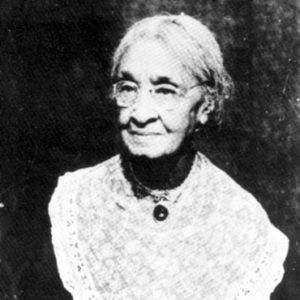 Charlotte Stephens
Charlotte Stephens
Still, William Grant
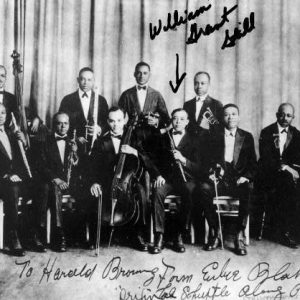 William Grant Still
William Grant Still
 William Grant Still
William Grant Still
Stinson, Katherine
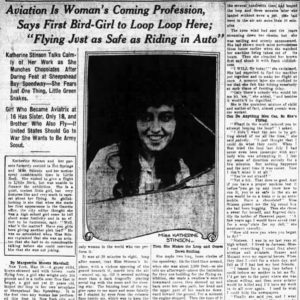 Katherine Stinson Article
Katherine Stinson Article
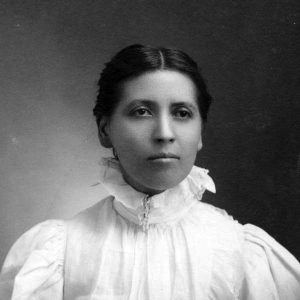 Sallie Stockard
Sallie Stockard
Stockard, Sallie Walker
Stone County Courthouse
 Stone County Democrat Office
Stone County Democrat Office
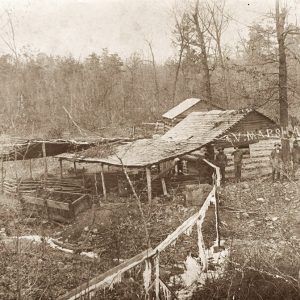 Stone County Still
Stone County Still
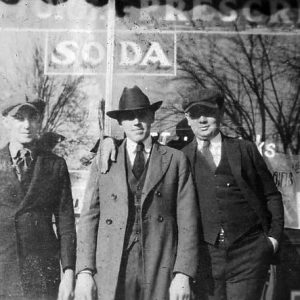 Edward Stone
Edward Stone
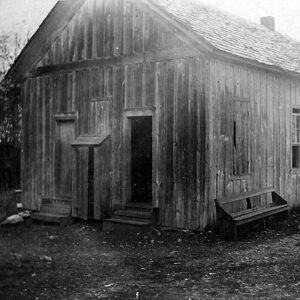 Stony Point School
Stony Point School
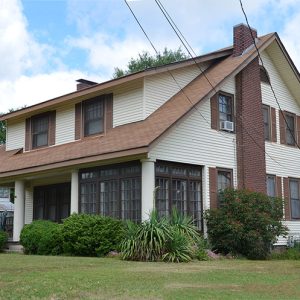 Strauss House
Strauss House
Strauss House
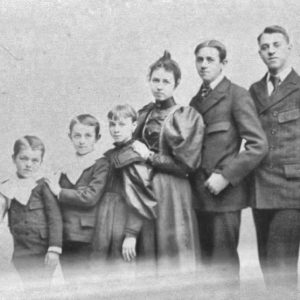 Strauss Siblings
Strauss Siblings
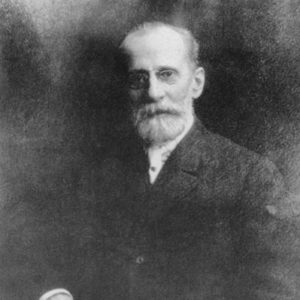 Adalbert Strauss
Adalbert Strauss
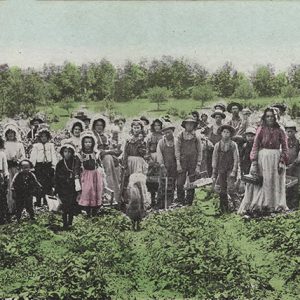 Strawberry Farm
Strawberry Farm
 Josef Strecker
Josef Strecker
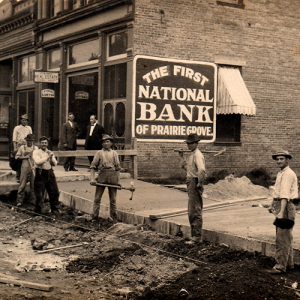 Street Workers
Street Workers
Street, James Howell
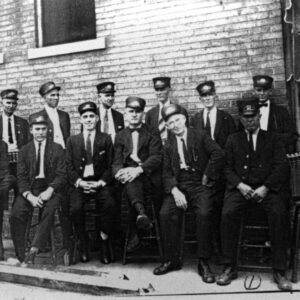 Streetcar Conductors
Streetcar Conductors
Streetcar Segregation Act of 1903
 Streetcar Segregation Act of 1903
Streetcar Segregation Act of 1903
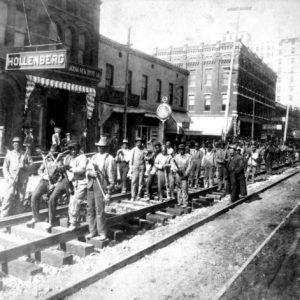 Streetcar Track Layers
Streetcar Track Layers
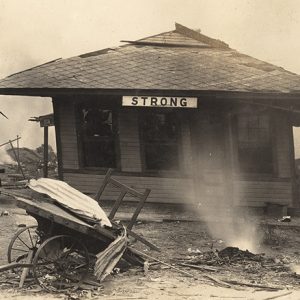 Strong Tornado
Strong Tornado
Strong, Anna
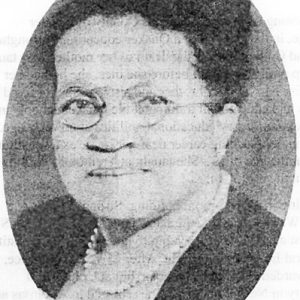 Anna Strong
Anna Strong
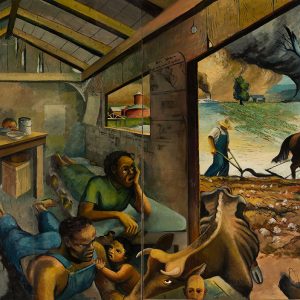 Struggle in the South
Struggle in the South
Struggle in the South, The [Mural]
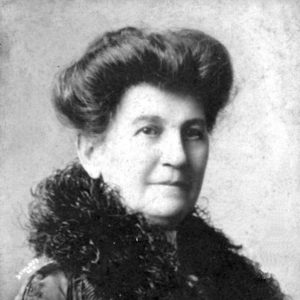 Ruth Stuart
Ruth Stuart
Stump Saw
 Stump Saw Ad
Stump Saw Ad
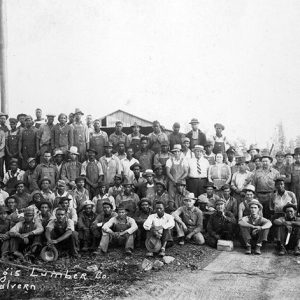 Sturgis Lumber Company
Sturgis Lumber Company
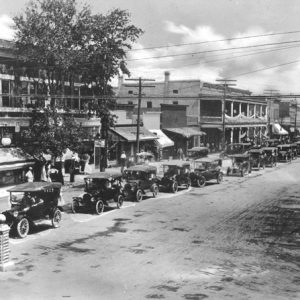 Stuttgart Auto Parade
Stuttgart Auto Parade
 Stuttgart Autos
Stuttgart Autos
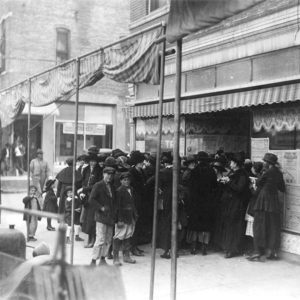 Stuttgart Crowd
Stuttgart Crowd
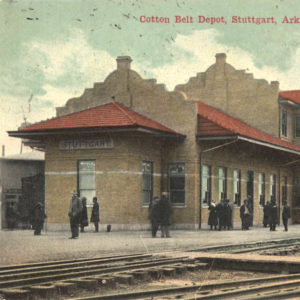 Stuttgart Depot
Stuttgart Depot
 Stuttgart Germania
Stuttgart Germania




